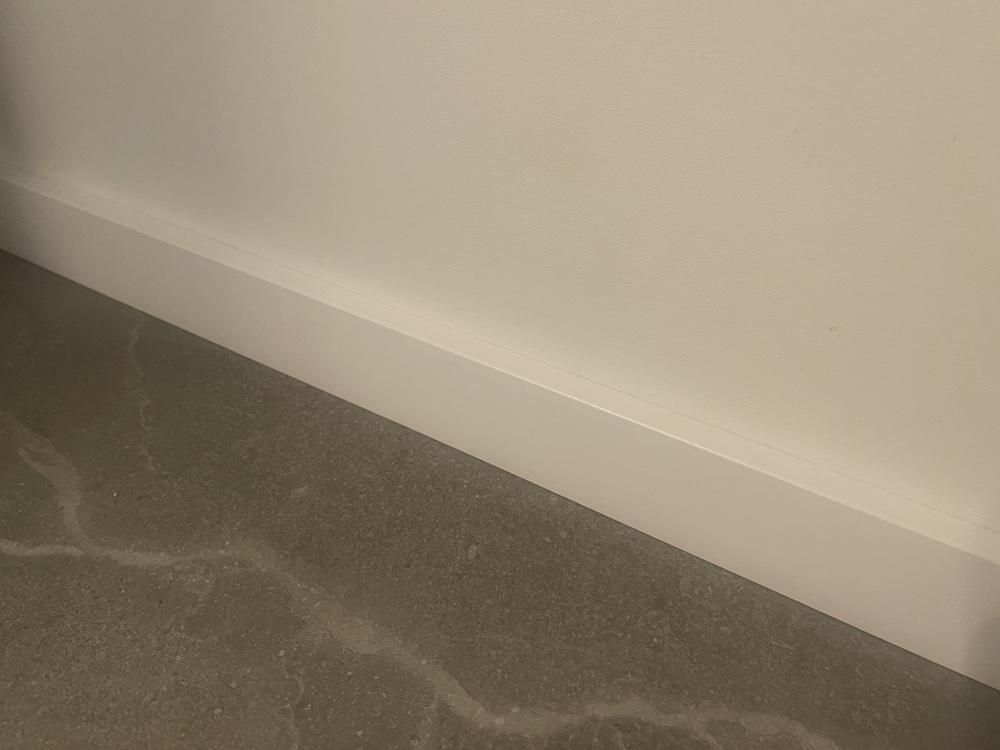Silverfish (Lepisma saccharina) are also called sugar gnats in Flemish. They are closely related to Papiervisje, which like dry habitats, and ovenfish, which actually seek the heat in kitchens and bakeries. The name “silverfish” refers to the silvery sheen of the scales on their bodies and the way this critter can slip away if you unexpectedly encounter them at home. We can help you fight silverfish.

Silverfish tend to walk through kitchen cabinets and thereby infect the food with all kinds of bacteria and fungi they carry. They feed on all kinds of nutrients such as carbohydrates, starch-containing products as well as starch used for wallpaper glue, mold, dead insects or food scraps.
They can also cause damage to paintings, photographs, books and wallpaper. This is because paper contains cellulose and they are one of the only insects that can easily digest it.
Silverfish like to seek out damp areas such as a bathroom or toilet this is due to the high humidity present in these areas. They like to hide behind and between baseboards, seams and cracks making it often a problem to catch them all away. Chemical control is often needed in conjunction with bringing the humidity down to correct the problem.

The ideal environment for silverfish is a dark, cool and moist room. Not surprisingly, areas such as the bathroom, kitchen cabinets and the shed are highly desirable places. Silverfish are very light-shy, so they often hide in small openings and cracks. Consequently, the pests are mainly active at night. There is an idea among many people that silverfish only occur in outdated homes. The reason behind this is that these houses are less well insulated, so the humidity is often high. However, the humidity in new homes is also high in most cases. Silverfish are therefore also common here.

Silverfish grow about an inch long and have almost no hairs. papier visje look almost the same but are covered in hairs, so you might tell them apart because of this characteristic. Silverfish have difficulty moving across slippery surfaces, such as a bathtub or sink, so you can often find them here even after they have slipped.
Eggs of silverfish are laid in cavities and unlike papiervisje, silverfish “only live 2-3 years. papiervisje, on the other hand, can live up to 8 years. Silverfish can go several months without food, which sometimes makes people think they have disappeared, but they actually hide between seams and cracks or baseboards in the home.

Silverfish can be found in places with high humidity, but because they are clever critters that cannot stand light, they will mainly hide during the day. In newly built homes, where concrete walls and wood are still slightly damp, nuisance silverfish are more common.
Like silverfish, fungi thrive very well in dark, damp, cool spaces. As such, this is one of a silverfish’s biggest sources of food. Just like when our fingers are covered in chips after eating a bag of chips, there is also a lot of mold residue on the legs of silverfish. As a result, these fungi are easily moved around the home. Moreover, silverfish droppings also consist largely of mold. In short, silverfish cause mold to spread throughout the home. These molds can be harmful to the human body. In addition, these fungi can also cause property damage. Consider paperwork, such as wallpaper and books. Particularly when you see silverfish in your kitchen cabinets, we recommend calling in pest control. After all, you don’t want the mold and bacteria they carry on your food.
So our specialists recommend making your home as unattractive as possible to silverfish. You can do this by, among other things:
Silverfish always look for damp places to hide and then are especially active in the evening and night. They sometimes hitchhike with food, moving boxes, paper, magazines or books and enter your home that way. Even after they die, they can cause a dusty nuisance if they are not eaten by their peers before then.
Protect Pest Control can control silverfish infestation in a very reliable way and help you with warding and prevention for the future. Leaving a large silverfish infestation untreated in a place where you have a lot of paper is highly inadvisable. These critters sometimes lay as many as 20 eggs a day, and since they can live up to 3 years, the infestation can multiply very quickly and for a long time before you have controlled all the critters yourself.
The house spider is a natural enemy of silverfish and therefore manages to sneak up on them and chew them up unnoticed. This can be a solution for silverfish in your home that do not bother you that much. For all other situations, we advise you to contact Protect Pest Control so that we can provide you with an effective solution.
